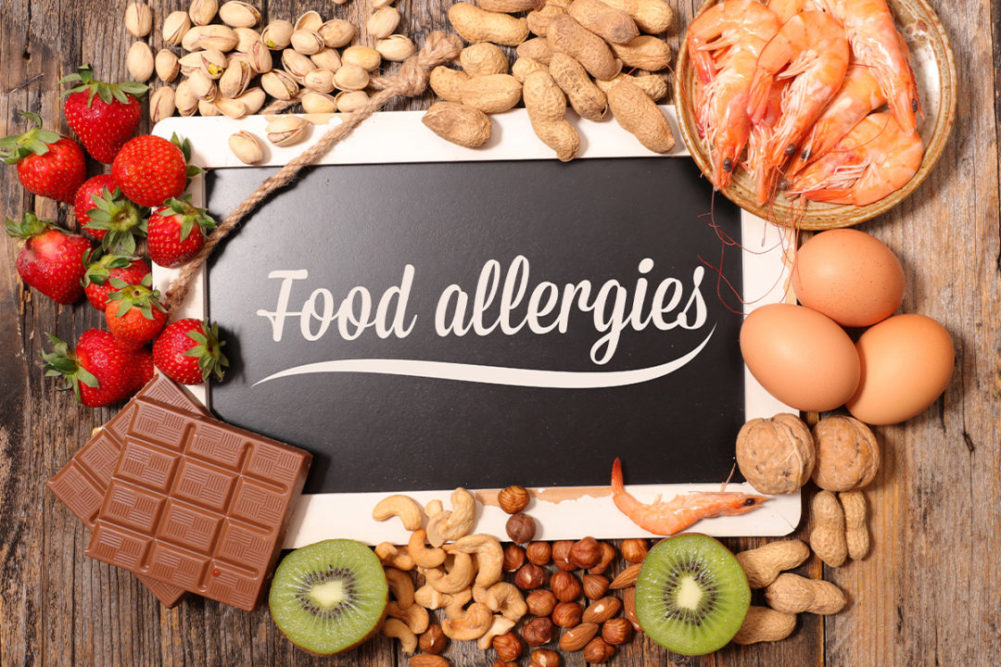WASHINGTON – The Food and Drug Administration issued a draft guidance April 18 that outlines the agency’s approach to evaluating the public health risks of food allergens that are not one of the major nine allergens. Comments on the guidance are due within 120 days of publication in the Federal Register.
“The nine major food allergens don’t currently represent all foods nationwide that people are allergic to or that cause food hypersensitivities,” said Susan Mayne, PhD, director of the Center for Food Safety and Applied Nutrition. “This draft guidance is part of the FDA’s efforts to evaluate emerging evidence about other non-listed food allergens that can cause serious reactions in a consistent and transparent manner, which can inform potential future actions to better help protect the health of consumers.”
The draft guidance focuses on immunoglobulin E antibody (IgE)-mediated food allergies, which are capable of triggering anaphylaxis and are considered the most severe and immediately life-threatening food allergies. Food allergic reactions caused by the nine major food allergens are all IgE mediated.
“A particularly challenging situation is one in which a food allergen has not been on the US market for an extended period of time or is not commonly used as an ingredient in food, because potential cross-reactivity to the food allergen would not be well-recognized in the allergic population,” the draft guidance said.
The guidance describes the approach the FDA generally intends to take when evaluating the public health importance of a non-listed food allergen. It includes a discussion of the evidence that establishes the food as a cause of IgE-mediated food allergy and key scientific factors, such as prevalence, severity and allergenic potency, that the FDA intends to consider in its evaluations.
Specifically, the FDA said an IgE-mediated food allergic reaction is characterized by a two-step immune process — sensitization and reactivity. Sensitization is the production of IgE specific to the food or food component, often a protein. Reactivity is the development of clinical allergic signs or symptoms when the food or component of food is consumed. The sensitization and reactivity steps can occur independently in certain individuals, so that evidence of sensitization alone, or reactivity alone, does not establish clear evidence that an adverse reaction to a food is an IgE-mediated food allergic reaction.
The best approach to a doctor diagnosis of IgE-mediated food allergy, according to the FDA, is robust evidence of a cause-effect relationship between oral exposure to the food or component of food and elicitation of signs or symptoms (which demonstrates reactivity) in individuals who are known to be sensitized to the food (which demonstrates sensitization).
The draft guidance also provides the FDA’s recommendations for identifying and evaluating the relevant body of evidence to determine the public health importance of a non-listed food allergen.
Comments at www.regulations.gov should be submitted using Docket ID: FDA-2021-N-0553.


